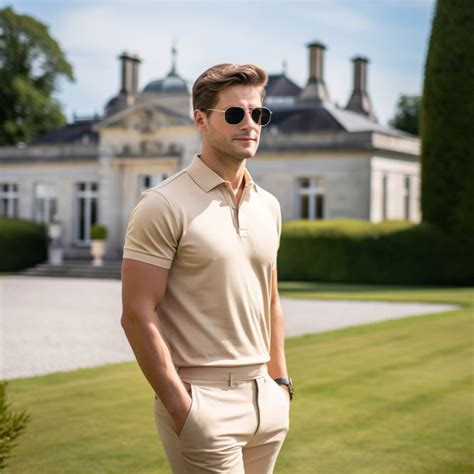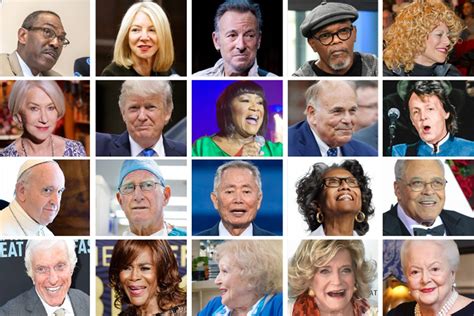A classic is a term used to describe something that has stood the test of time, maintaining its relevance, quality, and appeal over the years. It can refer to a wide range of things, including literature, music, film, art, fashion, and even design. Classics are often characterized by their timeless beauty, elegance, and sophistication, and are frequently associated with a sense of tradition, heritage, and cultural significance.
In the world of literature, for example, classics are works of fiction or nonfiction that have been widely read and studied for generations, and continue to be celebrated for their literary merit, historical significance, and enduring themes. Examples of classic literature include the works of William Shakespeare, Jane Austen, and Charles Dickens. These authors' writings have had a profound impact on the literary canon, shaping the way we think about literature and influencing generations of writers.
In music, a classic can refer to a song, album, or composer that has had a lasting impact on the genre, and continues to be enjoyed by audiences today. Classic music can range from symphonies by Mozart and Beethoven to jazz standards by Louis Armstrong and Ella Fitzgerald. These timeless pieces of music have become an integral part of our cultural heritage, evoking emotions and memories that transcend time and generations.
The Characteristics of a Classic

So, what makes something a classic? There are several key characteristics that distinguish a classic from other things. First and foremost, a classic must have a timeless quality, meaning that it remains relevant and appealing even after many years. This can be due to its universal themes, its ability to evoke strong emotions, or its historical significance. Classics are also often characterized by their simplicity, elegance, and sophistication, which sets them apart from more trendy or fleeting things.
Another important characteristic of a classic is its influence on future generations. Classics have a way of shaping the way we think, feel, and create, and can be seen as a benchmark for excellence in their respective fields. They also tend to be highly versatile, with the ability to be reinterpreted, reimagined, and reappreciated in new and innovative ways.
The Psychology of Classics
But why do we love classics so much? What is it about these timeless works of art, literature, and music that continues to captivate us? According to psychologists, our love of classics is often rooted in nostalgia, with classics evoking memories and emotions from our past. Classics can also provide a sense of comfort and familiarity, offering a glimpse into a bygone era and a chance to experience something that has been enjoyed by generations before us.
Additionally, classics can be seen as a way of connecting with others, whether it's through a shared love of literature, music, or art. Classics have a way of transcending time and space, allowing us to communicate and bond with people from different cultures and backgrounds. This sense of community and shared experience is a powerful draw, and helps to explain why classics continue to be celebrated and enjoyed today.
| Characteristics of a Classic | Examples |
|---|---|
| Timeless quality | William Shakespeare's plays, Mozart's symphonies |
| Simplicity, elegance, and sophistication | The designs of Coco Chanel, the paintings of Leonardo da Vinci |
| Influence on future generations | The Beatles' music, the writings of Jane Austen |
| Versatility and reinterpretation | The countless adaptations of Shakespeare's plays, the covers of classic songs |

Key Points
- A classic is something that has stood the test of time, maintaining its relevance, quality, and appeal over the years.
- Classics are often characterized by their timeless beauty, elegance, and sophistication, and are frequently associated with a sense of tradition, heritage, and cultural significance.
- The characteristics of a classic include a timeless quality, simplicity, elegance, and sophistication, as well as influence on future generations and versatility.
- Our love of classics is often rooted in nostalgia, with classics evoking memories and emotions from our past.
- Classics can provide a sense of comfort and familiarity, offering a glimpse into a bygone era and a chance to experience something that has been enjoyed by generations before us.
The Impact of Classics on Modern Society

Classics continue to have a profound impact on modern society, influencing the way we think, feel, and create. They provide a benchmark for excellence, a standard against which we can measure our own achievements and aspirations. Classics also offer a glimpse into the past, allowing us to learn from history and appreciate the cultural and social contexts in which they were created.
In addition, classics have a way of shaping our values and attitudes, influencing the way we think about love, morality, and justice. They can also be seen as a way of challenging our assumptions and pushing us to think critically about the world around us. Whether it's through literature, music, or art, classics have the power to inspire, educate, and transform us, and continue to play an important role in shaping modern society.
The Future of Classics
As we look to the future, it's clear that classics will continue to play an important role in shaping our culture and society. With the rise of digital technologies, classics are more accessible than ever before, allowing new generations to discover and appreciate them. At the same time, however, there is a risk that classics will become lost in the noise of modern media, and that their timeless quality and enduring themes will be forgotten.
To ensure that classics continue to thrive, it's essential that we prioritize their preservation and promotion. This can involve supporting arts and cultural organizations, advocating for the importance of classics in education, and encouraging new adaptations and interpretations of classic works. By working together to preserve and promote classics, we can ensure that they continue to inspire, educate, and transform us for generations to come.
What makes something a classic?
+A classic is something that has stood the test of time, maintaining its relevance, quality, and appeal over the years. It can be characterized by its timeless beauty, elegance, and sophistication, and is frequently associated with a sense of tradition, heritage, and cultural significance.
Why do we love classics so much?
+We love classics because they evoke strong emotions, create a sense of community, and provide a glimpse into the past. Classics can also be seen as a way of connecting with others, whether it’s through a shared love of literature, music, or art.
What is the impact of classics on modern society?
+Classics continue to have a profound impact on modern society, influencing the way we think, feel, and create. They provide a benchmark for excellence, a standard against which we can measure our own achievements and aspirations.


